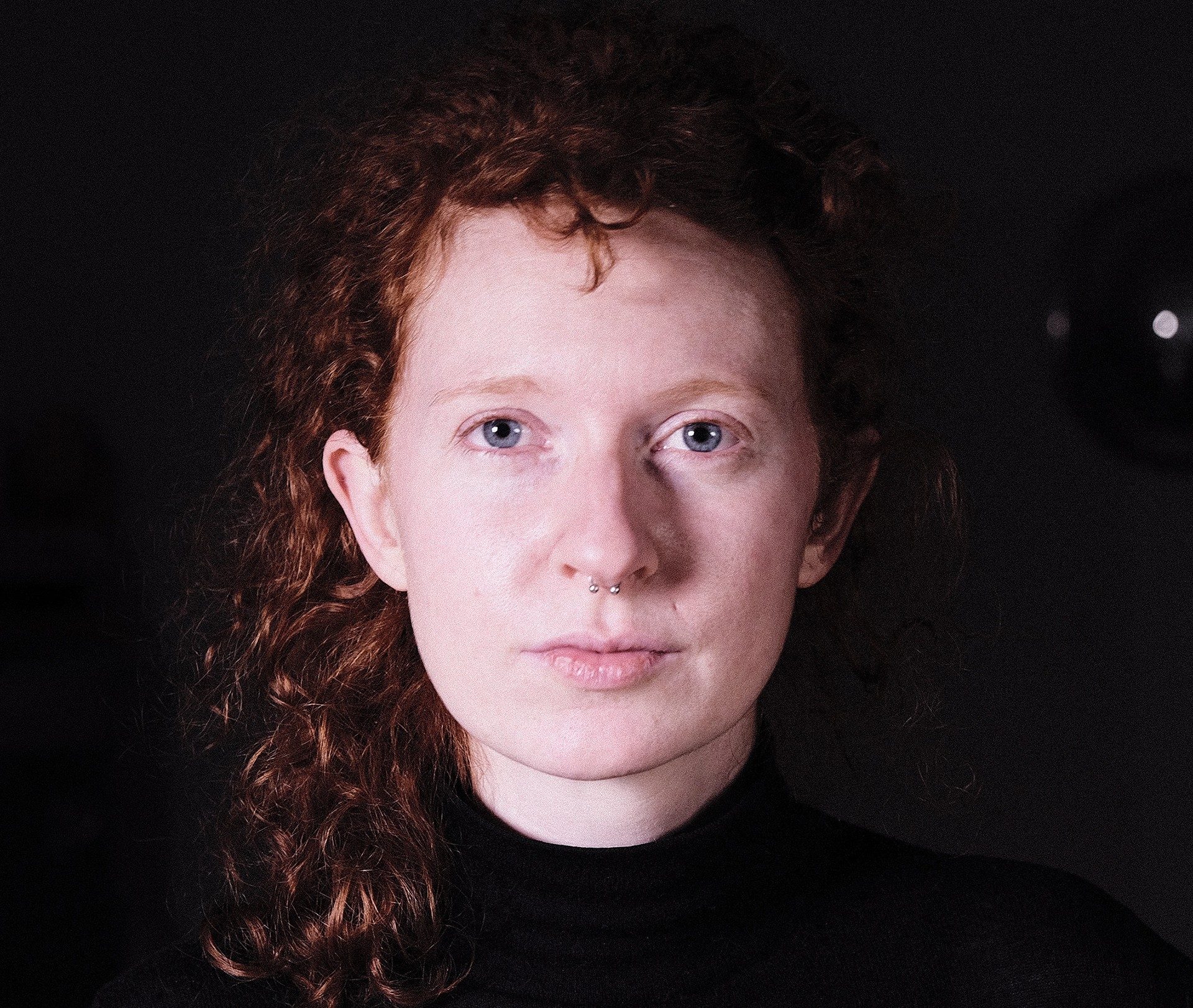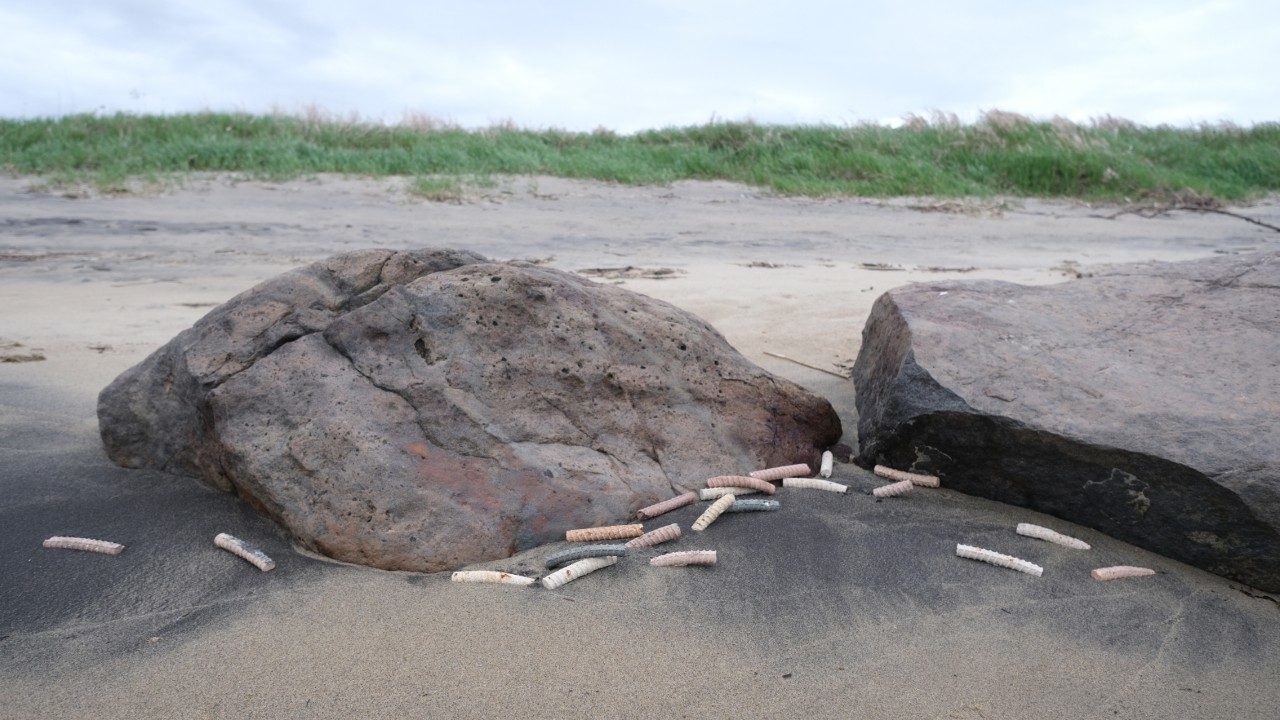Cecilia McKinnon

About the Artist
Cecilia McKinnon is an interdisciplinary artist and educator, living and working in Lenapehoking / Philadelphia, PA. McKinnon’s work explores entropy, precarious landscapes, and ‘natural’ histories through sculpture, video, textiles, and creative writing.
McKinnon has exhibited at Center for Contemporary Art (Santa Fe); Vox Populi, Tiger Strikes Asteroid, and Cherry Street Pier (Philadelphia); Amos Eno Gallery (NYC); and RIPA Festival and FoFA Gallery (Montreal). She is a member of the Biomaterials Working Group, a collective for research and experimentation with sustainable materials based in Philadelphia. McKinnon has taught at Concordia University, University of Delaware, and Moore College of Art and Design; she has facilitated workshops through Teaching at the End of Times (Vox Populi), Club Plastique (Verticale), and the University City Arts League. She holds an MFA in Fibers + Material Practices from Concordia University, and a BFA from the University of New Mexico.

Cecilia McKinnon, Fish Spines
About the Project
During her time in residency, Cecilia McKinnon responded to the rich landscape and geologic history of Charlevoix through impromptu installations, videos, and writing.
As a starting material, she brought a series of small sculptures cast from eggshells, wasted textile dyes, and other byproducts of studio and daily life. Her practice explores the intersection of human labor and landscape, and during the residency, she experimented with staging sculptural works as installations for both still and moving images. The tidal mudflats at the beach became a recurring site for intervention, offering visual cues around the reshaping of land through natural forces and the movements of living beings.
McKinnon also began developing a new video work inspired by the region’s geologic past — specifically its identity as the eleventh largest crater in the world. After learning about the events that shaped the area 400 million years ago, she began writing and capturing imagery for a project that connects the crater of Charlevoix with histories of mining in the region. The work considers negative spaces in the land and reflects on themes of destruction and regeneration.

